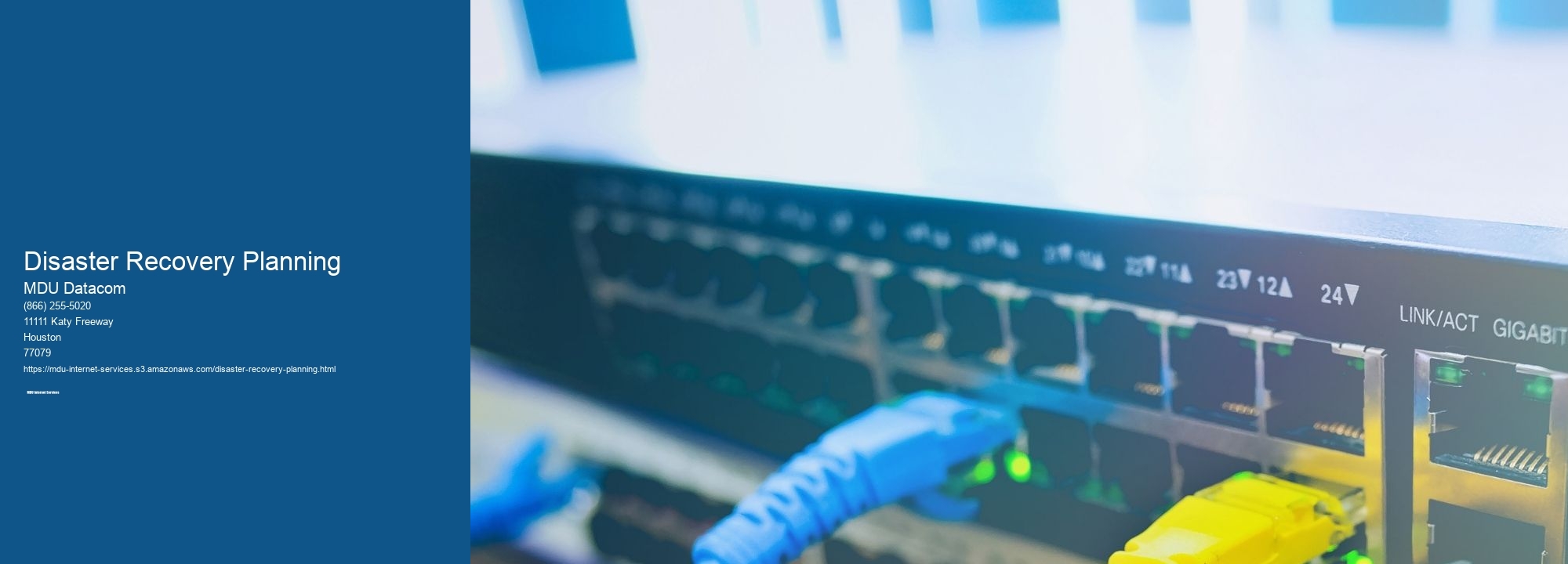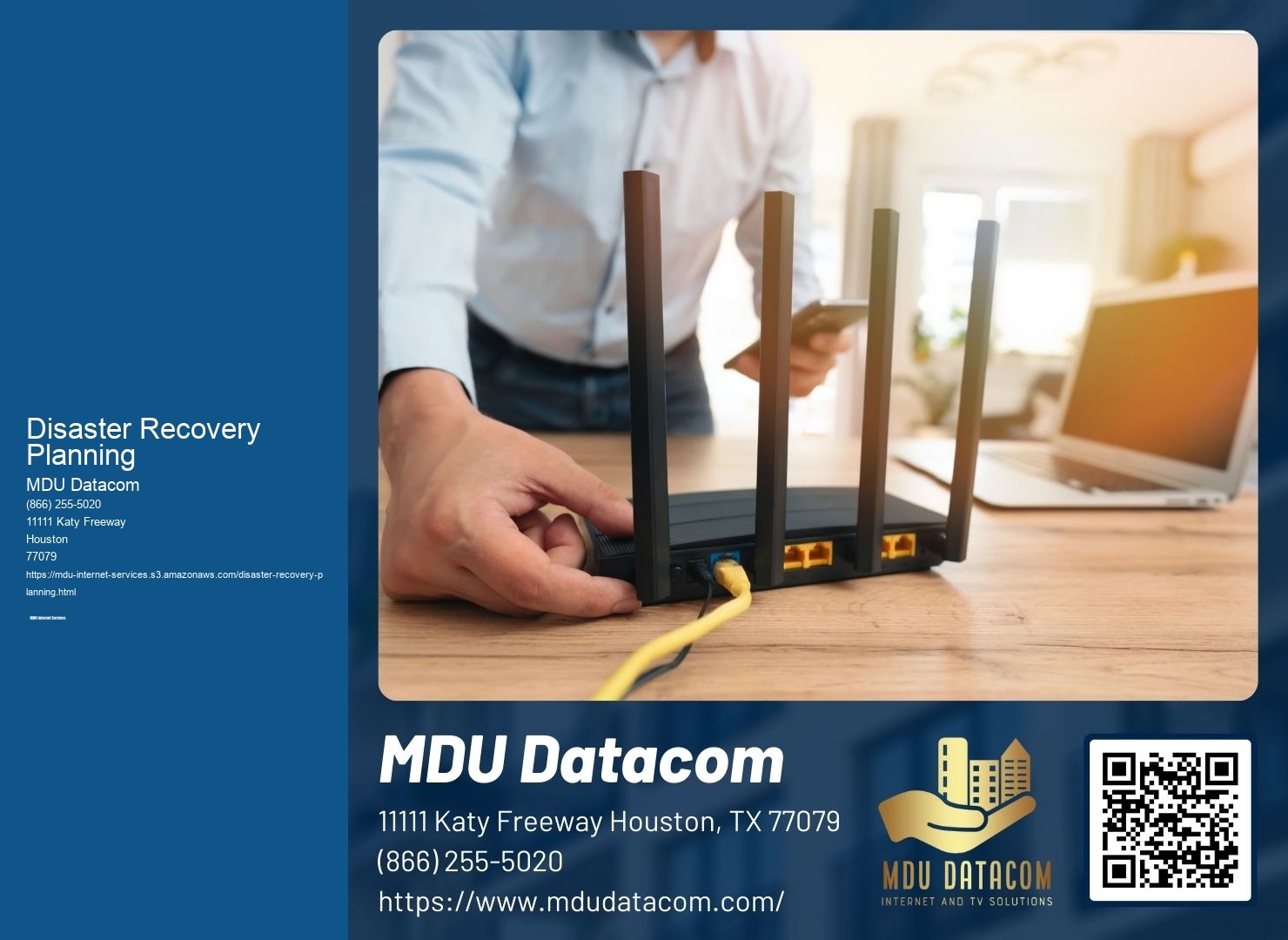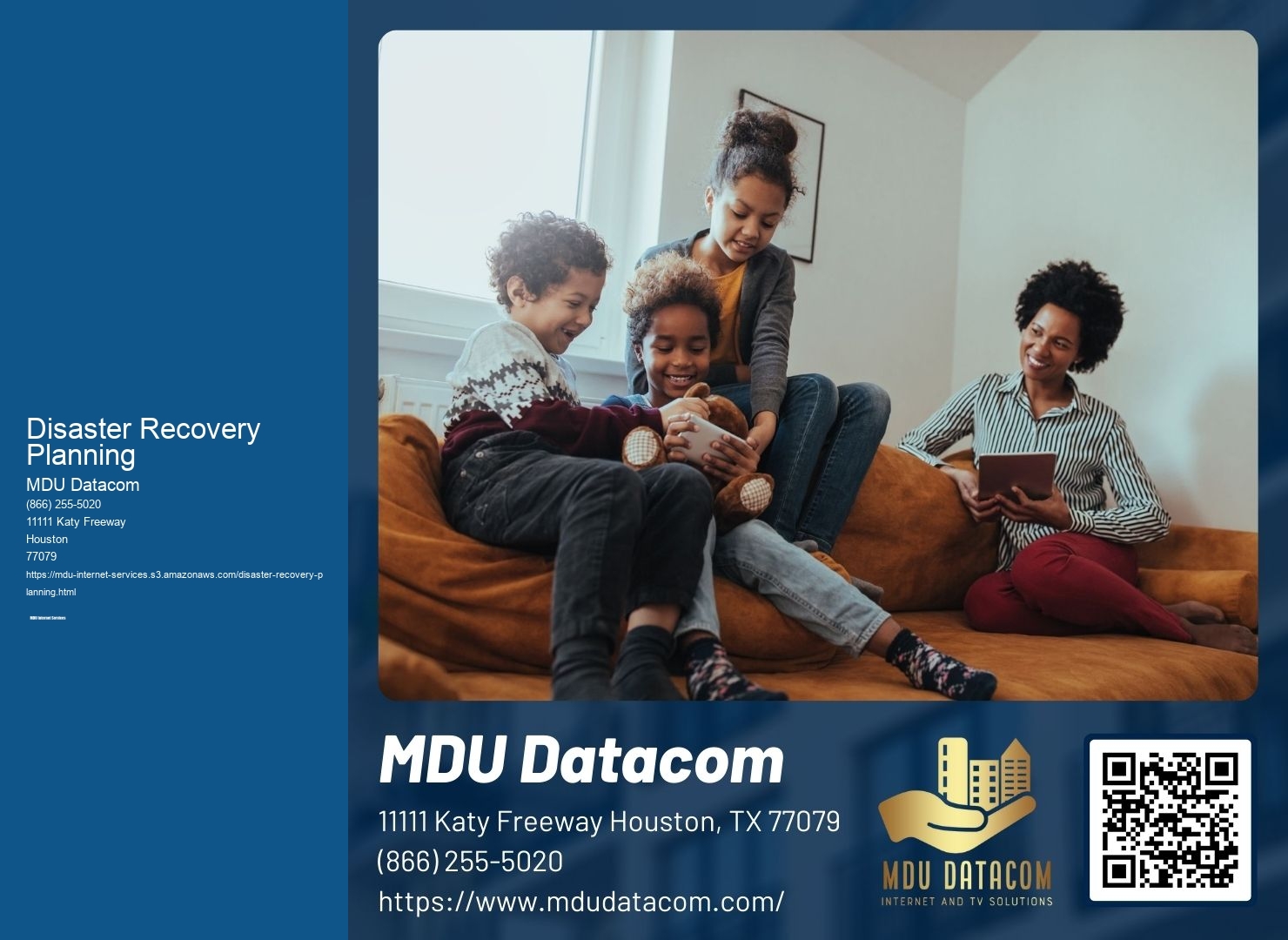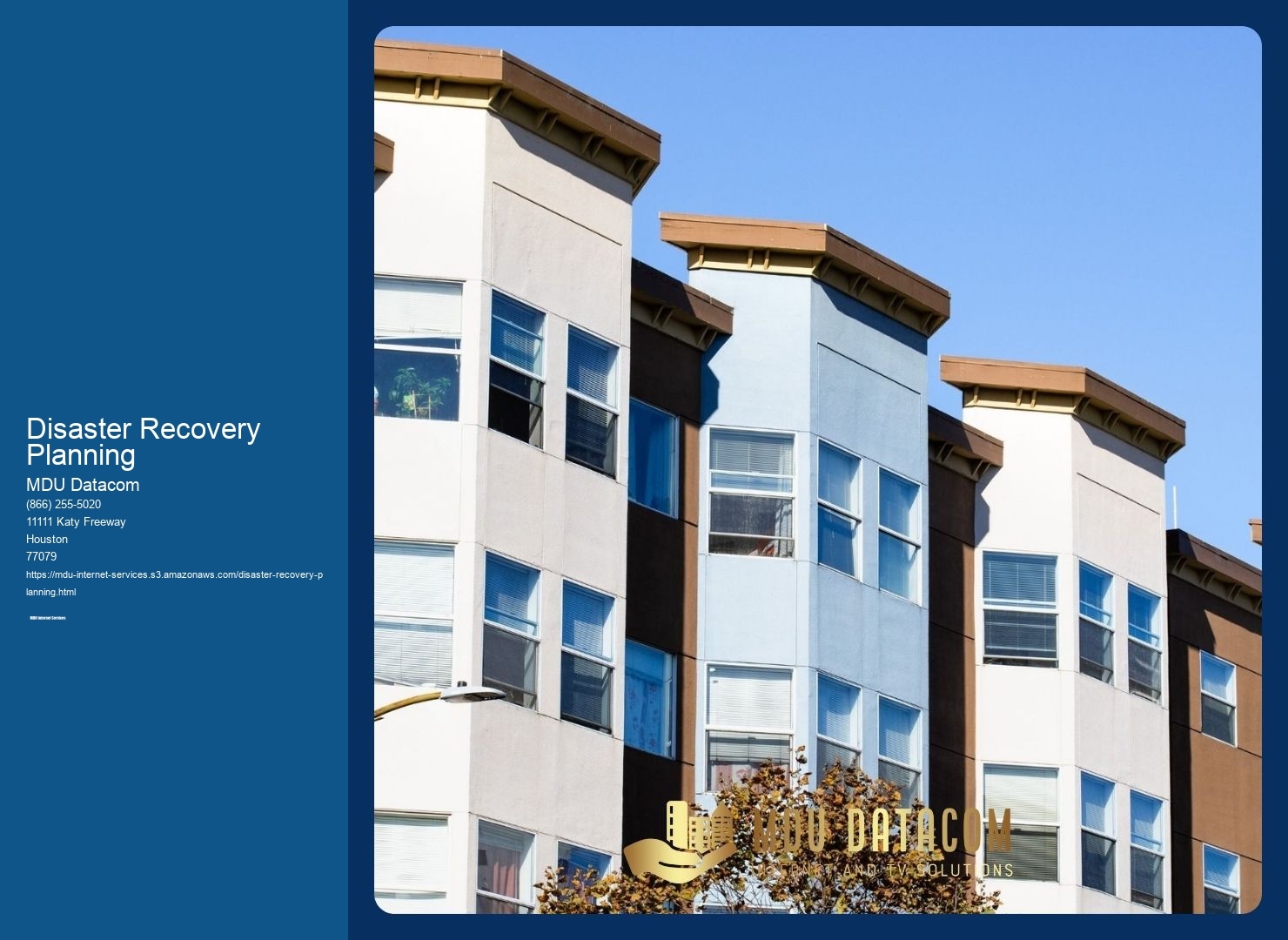

Virtualization technologies can significantly contribute to network scalability. By abstracting the underlying physical infrastructure, virtualization allows for the creation of virtual networks that can be easily scaled up or down as needed. Virtualization enables the consolidation of multiple physical resources into a single virtual resource, optimizing resource utilization and reducing costs. It also provides flexibility in allocating resources to different applications or services based on their demands. With virtualization, network administrators can dynamically allocate bandwidth, storage, and processing power to different virtual machines or containers, ensuring efficient resource utilization and scalability.
Achieving network scalability in a distributed computing environment presents several challenges. One of the main challenges is ensuring consistent and reliable communication between distributed components. As the network scales, the complexity of managing and coordinating the interactions between different nodes increases. This requires robust protocols and algorithms for routing, synchronization, and data consistency. Another challenge is maintaining performance and low latency in a distributed environment. As the network grows, the distance between nodes may increase, leading to increased latency and reduced performance. This can be mitigated through the use of caching, load balancing, and optimization techniques. Additionally, ensuring security and privacy in a distributed environment becomes more challenging, as there are more potential points of vulnerability and a larger attack surface.
Network traffic management has a significant impact on the scalability of a network. Effective traffic management ensures that network resources are allocated efficiently and that traffic flows smoothly without congestion or bottlenecks. This involves techniques such as traffic shaping, prioritization, and load balancing. Housing Development Broadband Providers By prioritizing critical traffic and allocating resources based on demand, network traffic management can optimize the utilization of available bandwidth and prevent performance degradation. It also helps in managing sudden spikes in traffic and distributing the load evenly across the network. Without proper traffic management, a network may become overwhelmed with traffic, leading to congestion, packet loss, and degraded performance, ultimately hindering scalability.

Load balancing techniques offer several benefits for network scalability. Load balancing distributes network traffic across multiple servers or resources, ensuring that no single resource is overwhelmed with requests. This helps in optimizing resource utilization and preventing bottlenecks. By evenly distributing the load, load balancing improves the overall performance and responsiveness of the network. It also enhances fault tolerance by redirecting traffic away from failed or overloaded resources. Load balancing can be achieved through various methods, such as round-robin, least connections, or dynamic load balancing algorithms. By implementing load balancing techniques, a network can scale more effectively, handle increased traffic, and provide a better user experience.
Software-defined networking (SDN) can enhance network scalability and flexibility. SDN separates the control plane from the data plane, allowing for centralized control and management of the network. This centralized control enables administrators to dynamically allocate resources, configure network policies, and adapt to changing demands. SDN provides a programmable and flexible network infrastructure, making it easier to scale the network by adding or removing resources as needed. It also enables the automation of network management tasks, reducing manual configuration and improving efficiency. High-Speed Internet for Multi-Housing Units With SDN, network scalability can be achieved more effectively, allowing for the rapid deployment of new services, efficient resource utilization, and improved overall network performance.

The purpose of a disaster recovery plan is to ensure that an organization can recover and resume its critical business operations in the event of a disaster. This plan outlines the steps and procedures that need to be followed to minimize the impact of a disaster and restore normal operations as quickly as possible. It includes strategies for data backup and recovery, communication protocols, and the allocation of resources to support the recovery process. High-Speed Internet for Multi-Dwelling Units By having a well-defined disaster recovery plan in place, an organization can minimize downtime, protect its reputation, and maintain the trust of its customers and stakeholders.
To assess its vulnerability to potential disasters, an organization can conduct a risk assessment.

When it comes to installing MDU internet services in older apartment buildings, there are several specific requirements that need to be considered. Firstly, the building should have a suitable infrastructure in place to support high-speed internet connections. This may involve upgrading the existing wiring or installing new fiber optic cables. Additionally, the building should have adequate space for the necessary equipment, such as servers and routers. The installation process may also require coordination with the building management or owners to ensure compliance with any regulations or restrictions. Furthermore, it is important to assess the building's layout and design to determine the most efficient and effective way to distribute the internet signal throughout the premises. Overall, installing MDU internet services in older apartment buildings requires careful planning and consideration of the building's specific characteristics and requirements.
Yes, there are bundled packages available for MDU internet services with cable or phone services. Many internet service providers offer packages that include both internet and cable or phone services for multi-dwelling units (MDUs). These bundled packages are designed to provide convenience and cost savings for residents of MDUs who require multiple services. By bundling these services together, residents can enjoy the benefits of high-speed internet, cable television, and phone services all in one package. These bundled packages often come with additional features such as unlimited data, premium channels, and discounted rates. Residents can choose from a variety of packages based on their specific needs and preferences, ensuring they have access to the services they require at a competitive price.
MDU does offer incentives for residents to participate in community-wide internet initiatives or surveys. These incentives can include discounts on internet services, free upgrades to higher internet speeds, gift cards to local businesses, or entry into raffles for larger prizes. By offering these incentives, MDU aims to encourage residents to actively engage in community-wide initiatives and provide valuable feedback through surveys. This helps MDU gather important data and insights to improve their internet services and meet the specific needs of the community. Additionally, by participating in these initiatives and surveys, residents can contribute to the overall development and enhancement of their community's internet infrastructure.
MDU, or Multi-Dwelling Unit, handles requests for internet service upgrades in properties with limited physical space for networking equipment by implementing innovative solutions that maximize the use of available space. They utilize compact and efficient networking equipment that can be easily installed in small areas without compromising on performance. Additionally, MDU employs advanced networking technologies such as fiber-optic cables and wireless access points to minimize the need for bulky equipment. They also employ intelligent network design strategies that optimize the use of available space and ensure seamless connectivity for all residents. Furthermore, MDU collaborates with property owners and managers to identify potential space-saving opportunities and tailor their solutions accordingly. Overall, MDU's expertise in managing limited physical space allows them to provide reliable and high-speed internet service upgrades to properties with space constraints.
MDU, or Multi-Dwelling Unit, handles requests for internet upgrades or downgrades within properties by following a systematic process. When a resident requests an upgrade or downgrade, the MDU management team assesses the current internet infrastructure and evaluates the feasibility of the requested change. They consider factors such as the capacity of the existing network, the availability of higher or lower speed options, and the potential impact on other residents. If the upgrade or downgrade is deemed feasible, the MDU management team coordinates with the internet service provider to implement the requested change. This may involve upgrading or downgrading the equipment, adjusting the service plan, or reconfiguring the network. Throughout the process, the MDU management team ensures clear communication with the resident, providing updates on the progress and any potential disruptions. By efficiently handling these requests, MDU aims to meet the evolving internet needs of its residents and enhance their overall living experience.
Residents of MDUs have the right to request internet speed tests or performance evaluations from their service providers. These evaluations can help residents assess the quality and reliability of their internet connection. By conducting speed tests, residents can measure the download and upload speeds of their internet service, ensuring that they are receiving the promised bandwidth. Additionally, performance evaluations can identify any potential issues or bottlenecks in the network infrastructure, allowing residents to address these concerns with their service providers. Overall, requesting internet speed tests and performance evaluations empowers residents to advocate for better internet services and ensures that they are getting the most out of their MDU's internet connectivity.
There may be certain limitations on the use of virtual private networks (VPNs) with MDU internet services. These limitations can vary depending on the specific policies and configurations set by the internet service provider (ISP) or the management of the multi-dwelling unit (MDU). Some ISPs or MDU managements may restrict or block VPN usage altogether to maintain network security or prevent unauthorized access. Additionally, bandwidth limitations or network congestion may affect the performance of VPNs, leading to slower internet speeds or connection issues. It is advisable for users to review the terms of service or consult with their ISP or MDU management to understand any potential limitations or restrictions on VPN usage.